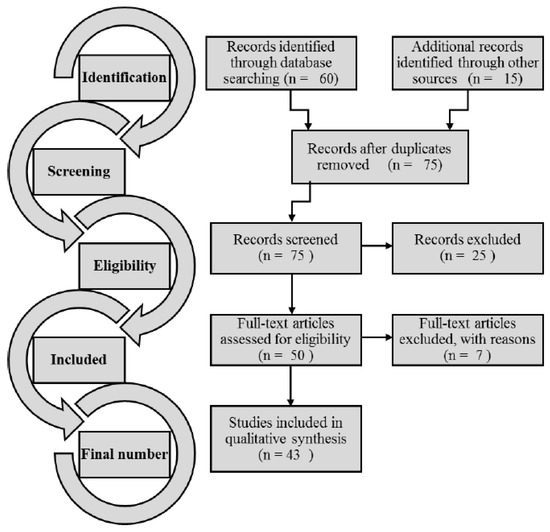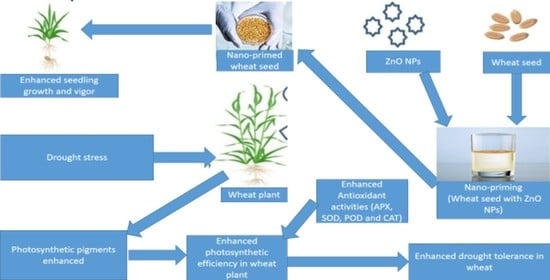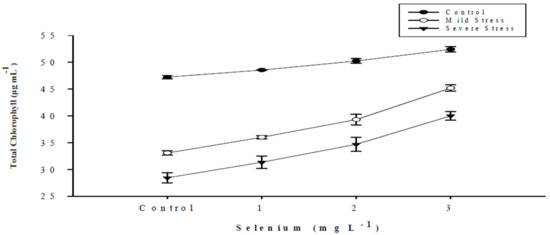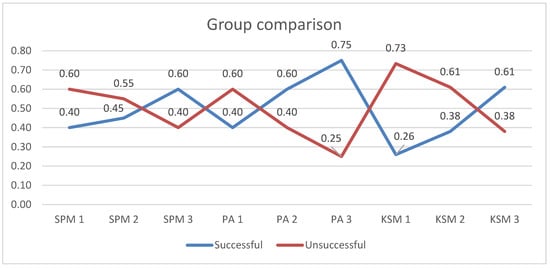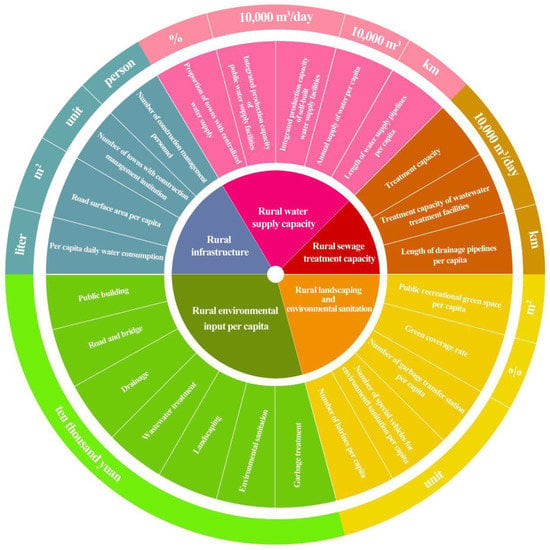Sustainability 2023, 15(7), 5839; https://doi.org/10.3390/su15075839 - 28 Mar 2023
Cited by 21 | Viewed by 4115
Abstract
This study highlights the challenges faced in providing professional development programs for teachers, including limited resources and conventional training methods. Mobile technology, with its flexibility and cost-effectiveness, is increasingly being used as a part of professional development programs, but existing frameworks do not
[...] Read more.
This study highlights the challenges faced in providing professional development programs for teachers, including limited resources and conventional training methods. Mobile technology, with its flexibility and cost-effectiveness, is increasingly being used as a part of professional development programs, but existing frameworks do not adequately support the integration of technology. This study proposes a mobile-based training certification framework that includes support for mobile phones, a training curriculum and assessment, expert support, and CPD evaluation. The framework was piloted with 35 participants from Pakistan and Saudi Arabia, with positive results indicating that mobile-based training is effective in enhancing teachers’ learning outcomes. According to the teachers’ responses, 100% agreed that this was a groundbreaking endeavor and expressed excitement to use it. Additionally, 98% found mobile learning easier and more enjoyable than traditional methods. The study recommends the implementation of the mobile-based training certification framework to improve teachers’ professional development and bridge the gap between traditional training methods and the needs of modern-day educators. The study also highlights the potential of mobile-based training to improve student outcomes by developing the knowledge and skills of teachers.
Full article
(This article belongs to the Special Issue Sustainable Mobile Learning and Learning Analytics)
►
Show Figures

